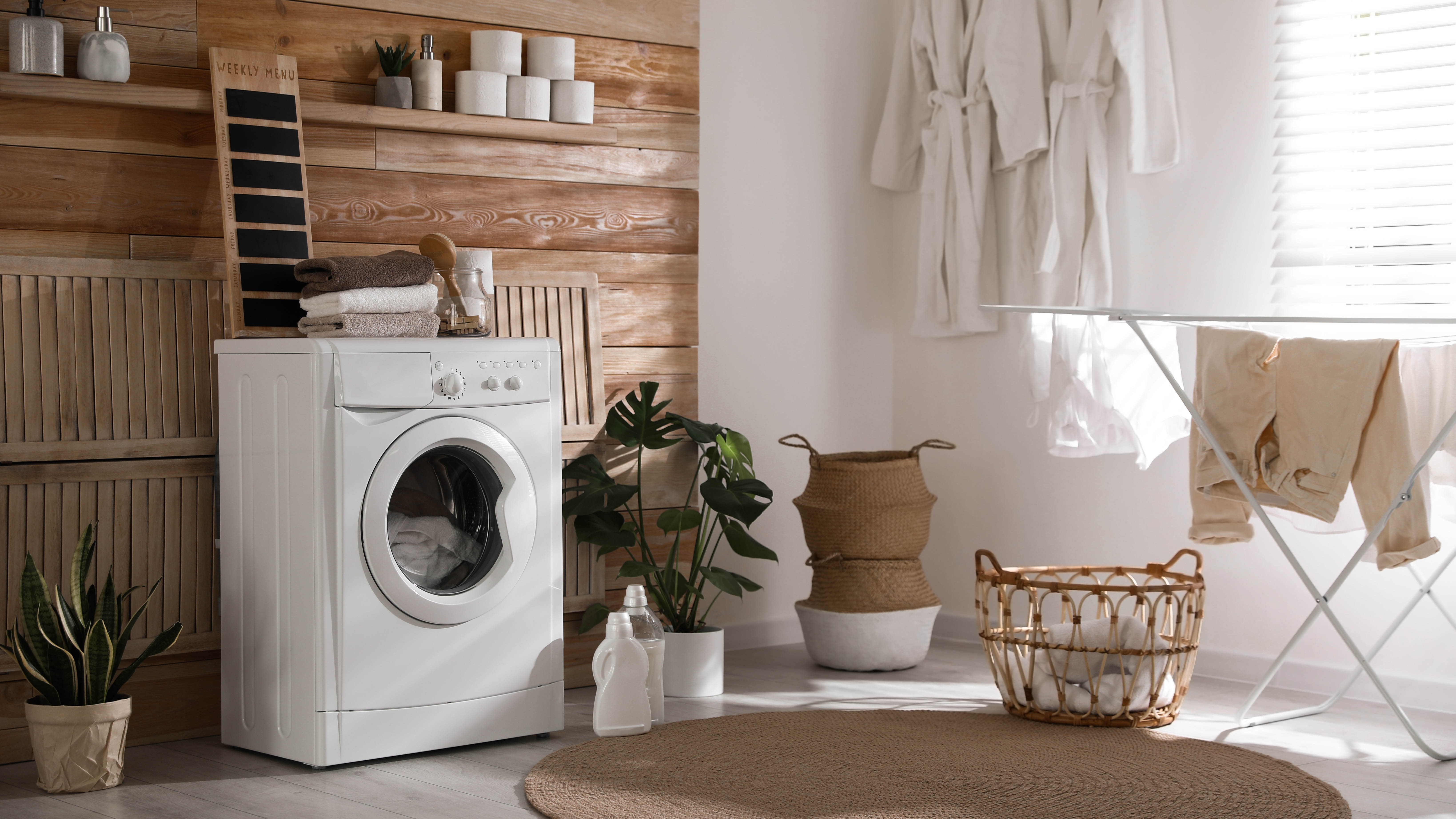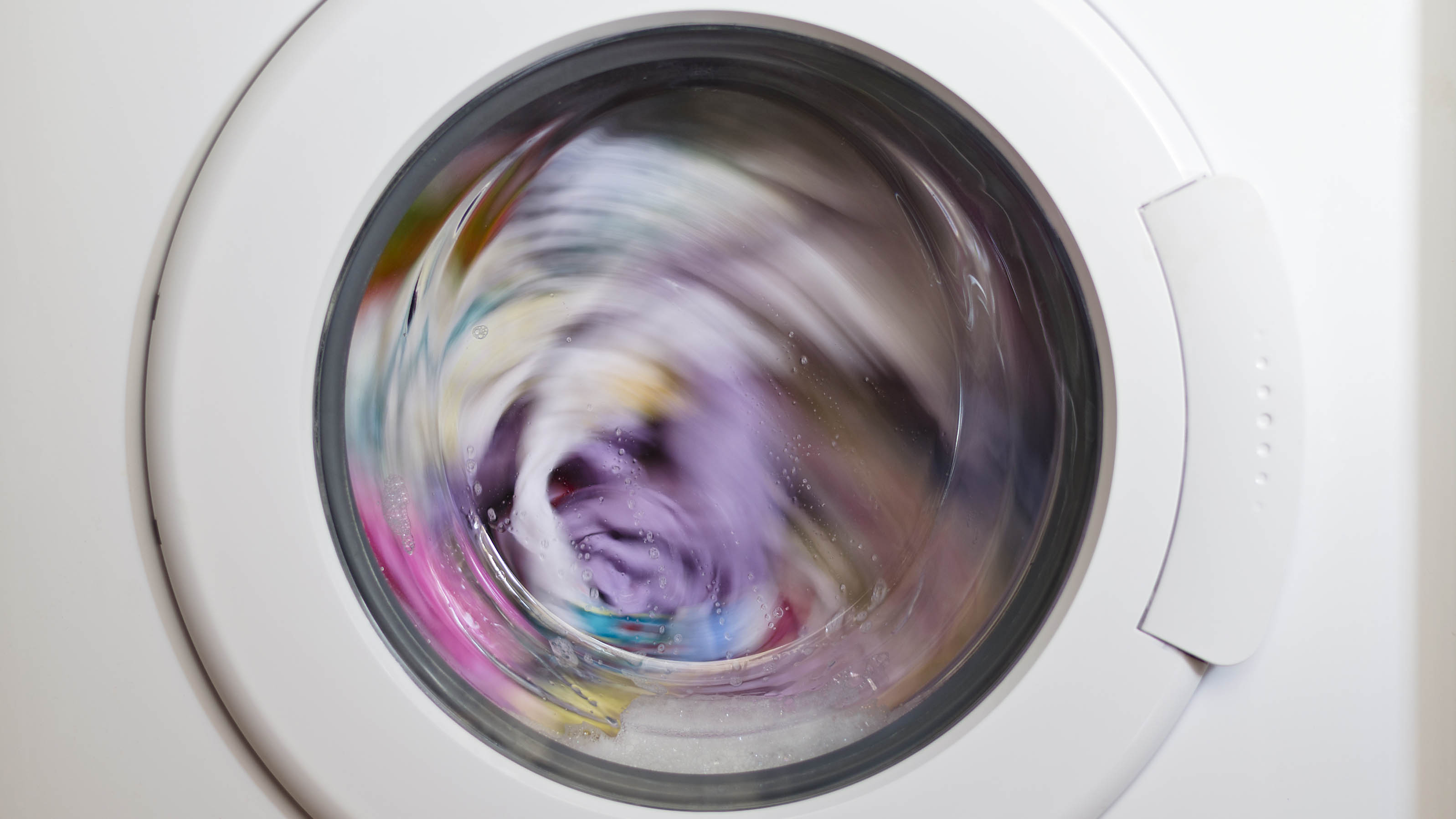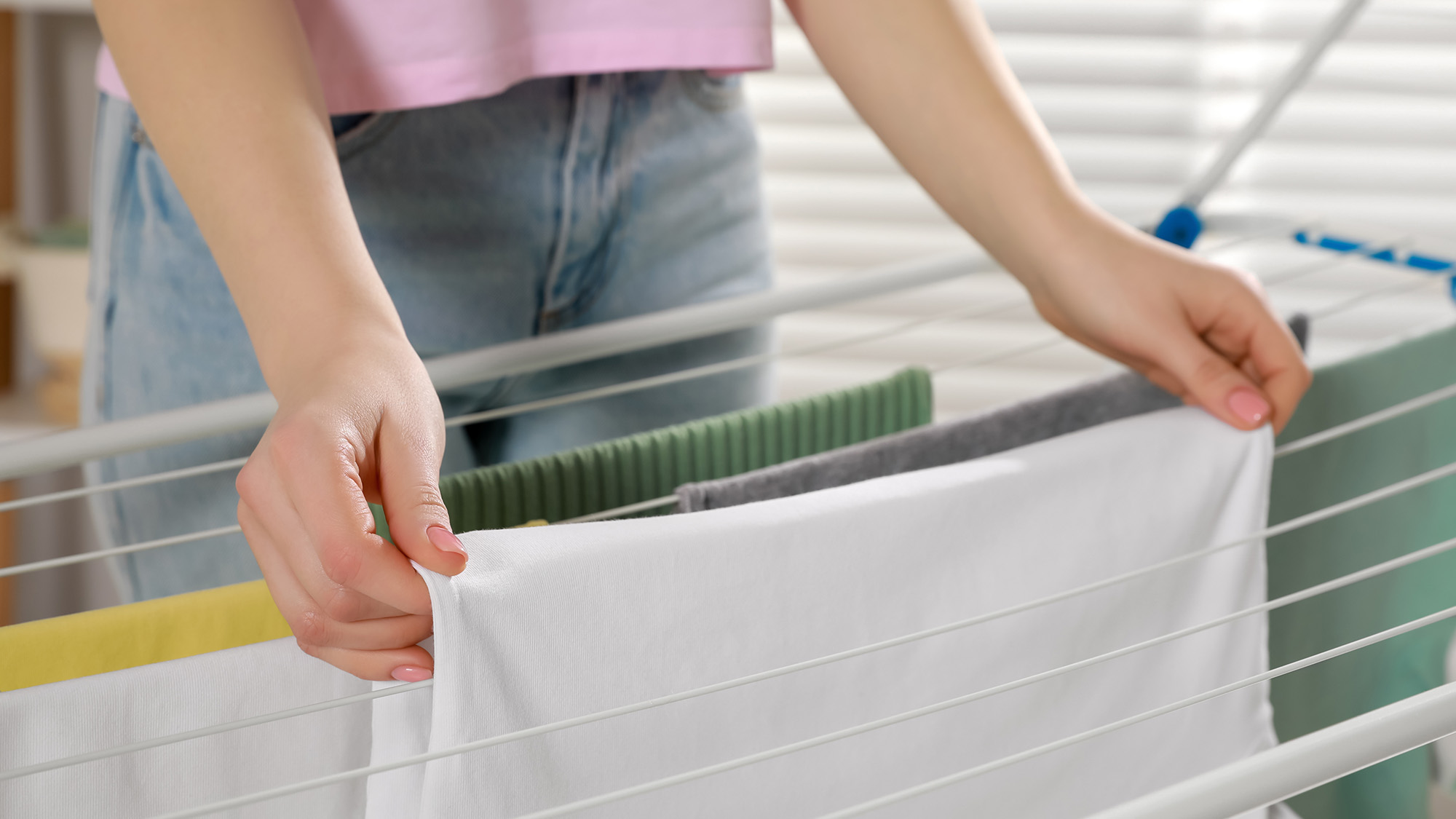
As the temperature plummets and we face more rainy days, it can be a challenge to dry clothes outside. Laundry takes longer to dry, and even when it’s been hanging out all day, it can still feel damp and smell musky.
But drying clothes indoors can be just as challenging. Space is an obvious issue, but extra moisture and humidity are two factors that encourage mold and mildew growth in your home. You may also notice an increase in condensation inside your windows caused by insufficient ventilation.
The easiest option is to dry your clothes indoors using one of the best clothes dryers, but with high energy costs, you may be reluctant to switch it on. Here we’ve gathered 5 top tips on how to dry your clothes indoors while keeping on top of your energy bill.
1. Invest in a dehumidifer
When drying clothes indoors, the excessive moisture has to go somewhere, and it can result in condensation when it’s too chilly to keep your windows open wide. However, the problem can be overcome using one of the best dehumidifiers that removes excess moisture from the air. It will reduce the knock-on issue of mold growing in your home, which loves damp surfaces.
2. Go for a spin

It’s not rocket science, but putting your wet laundry on an extra spin will help remove more moisture. An additional 10 minutes in the washing machine will speed up drying time and ensure your heavier items, such as jeans and towels, aren’t hanging around in your home for days.
3. Plug in a heated airer
Most of us have a clothes airer to hand when it’s too cold or wet outside to dry laundry. However, clothes take longer to dry during the colder months, so it’s worth considering a heated clothes airer. Although they need to be plugged in, they require far less energy than a clothes dryer.
Smol says, “Heated airers can dry a light load of delicates in anything from 1 to 3 hours, but if you’re drying a heavy load of towels, wooly jumpers or jeans, it could take up to 10 hours.”
Although purchasing a heated dryer will cost you more than a standard model, it’s best to look for a version with a low wattage that still provides sufficient heat, and for one that you can set to turn off after a set period — this prevents the problem of wasting energy by forgetting to switch it off. Some also come with additional covers that help to retain heat and speed up the drying time.
4. Place your clothes airer in a well-ventilated spot

Ensure you place your clothes airer in a well-ventilated spot. Placing it close to a wall may trap moisture, potentially leading to mold issues. For better air circulation, position it near a slightly open window, a fan or an air conditioner vent, if you have one. I often place my clothes airer near a sunny south-facing window to make the most of the natural warmth, rather than in a cold room.
5. Hang your clothes up efficiently
How you load your clothes airer can greatly impact the drying time. Space your clothes out evenly and leave enough room for air to circulate, which will help your clothes dry faster. Another tip is to use hangers or clothespins to allow your clothes to dry vertically rather than being folded over a rack. A bonus is that they’ll require less ironing.







